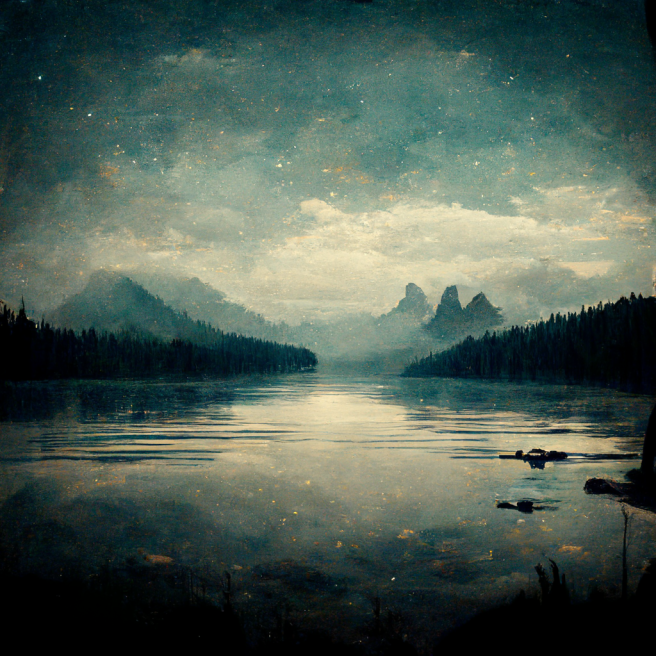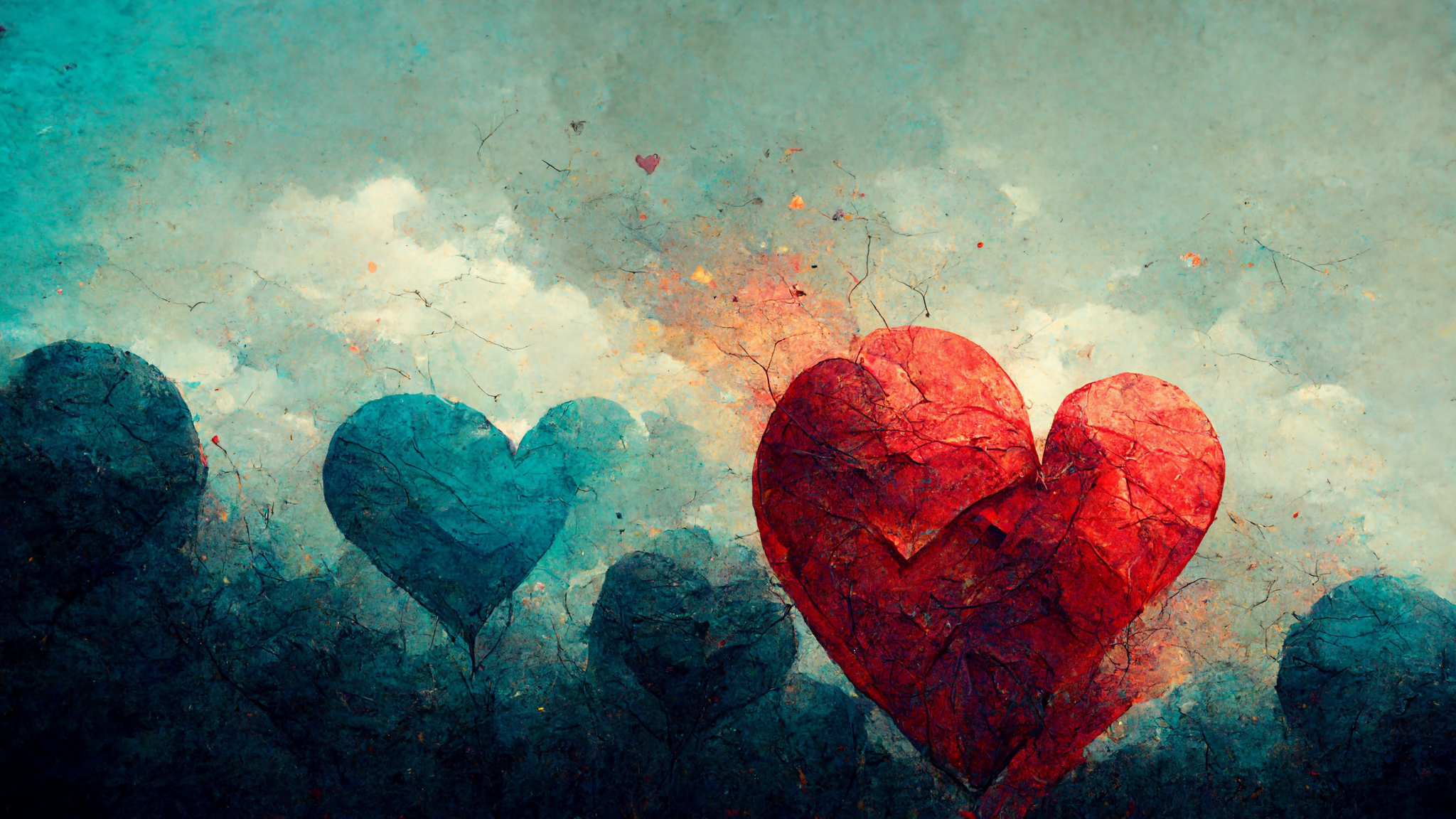Real Estate
Water Colours
Many water based painting techniques have been developed, each with its own advantages and disadvantages. The three most common types of water based painting are acrylics, watercolors, and inks.
Fun Fact
Most artists start out with water colours
Watercolours are painted with aqueous solutions of pigments. They have the advantage of being very portable, since all that is needed is a supply of water and a brush.
Watercolours also have the advantage of being transparent, so they can be layered to create interesting effects. However, watercolors are often less forgiving than other types of painting, since mistakes cannot be easily corrected.

More water colours





Acrylics are also painted with pigmented solutions, but the pigments are suspended in an acrylic polymer emulsion. This makes them thicker and more opaque than watercolors. Acrylics dry quickly, which can be both an advantage and a disadvantage. On the one hand, it means that paintings can be completed relatively quickly. On the other hand, it means that mistakes cannot be easily corrected.
Inks are similar to watercolors in that they are thin and transparent. However, inks are made with dyes instead of pigments. This means that they do not have the same color range as watercolors or acrylics. Inks can be applied with a brush, but they are more often used for printmaking.
Gouache is another water-based medium. It is similar to watercolor, but the pigments are suspended in a gum arabic solution, which makes it thicker and more opaque. Gouache dries quickly and can be reworked while it is wet, but it is not as forgiving as acrylics.
Pastels are made with dry pigments that are held together with a binder. They come in both soft and hard varieties. Soft pastels are more pigmented and produce richer colors, while hard pastels are less pigmented and produce lighter colors. Pastels can be used wet or dry, but they are most commonly used dry.
Chalk is similar to pastels, but it is usually harder and less pigmented. It is often used for sketches and preliminary drawings.
charcoal is made from burning wood or other organic materials. It produces a dark black pigment that can be used for drawing or painting. Charcoal can be bought in sticks or pencils, and it can also be made at home.
Conte crayons are made with a mixture of clay and pigment. They come in a variety of colors, but they are most commonly used for drawing.
Pencils are made with a lead core that is surrounded by wood. The lead core can be made of graphite or another material. Pencils come in a variety of hardness levels, which determines the darkness of the line they produce. Pencils can be used for drawing or writing.
Pens are made with a metal nib that is dipped in ink. The ink is held in a reservoir, and it flows through the nib and onto the paper. Pens come in a variety of sizes and tip shapes, which determines the width of the line they produce. Pens can be used for drawing or writing.
Markers are made with a felt tip that is soaked in ink. The ink is held in a reservoir, and it flows through the tip and onto the paper. Markers come in a variety of sizes and tip shapes, which determines the width of the line they produce. Markers can be used for drawing or coloring.
Crayons are made with pigment that is held together with wax. They come in a variety of colors, but they are most commonly used for coloring.
Paintbrushes are made with natural or synthetic bristles that are set into a metal ferrule. The type of bristles and the size of the brush determine the type of mark it will make. Paintbrushes are used for painting.
Palettes are used to hold paints, brushes, and other supplies. They can be made of wood, plastic, or metal. Palettes come in a variety of shapes and sizes, but they are all designed to hold supplies while painting.
Easels are used to support paintings while they are being worked on. They can be made of wood, metal, or plastic. Easels come in a variety of shapes and sizes, but they all serve the same purpose.
Canvases are made of cloth or paper that is stretched over a frame. They come in a variety of sizes and shapes, but they are all used for painting.
Paint tubes are made of metal or plastic and contain pigmented solutions. They come in a variety of sizes, but they are all used for painting.
Paint buckets are made of metal, plastic, or glass and are used to hold paint while painting.
Rags are made of cloth or paper and are used to wipe away excess paint or to apply a patina.
Sponges are made of natural or synthetic materials and are used to apply a patina or to clean up spills.
Paper towels are made of paper and are used to clean up spills.
Soap is used to clean brushes and other supplies. Water is used to thin paints and clean brushes.
